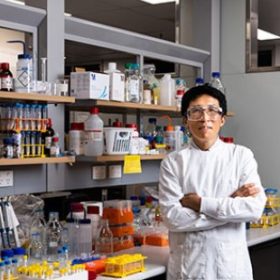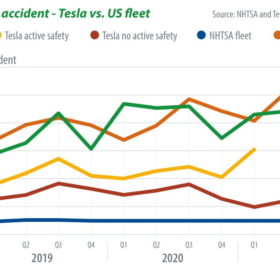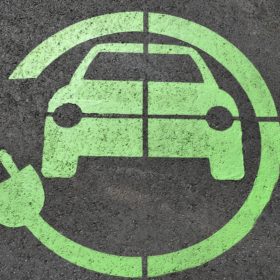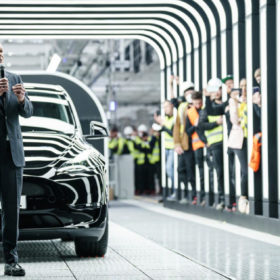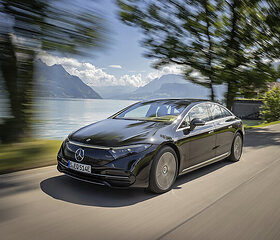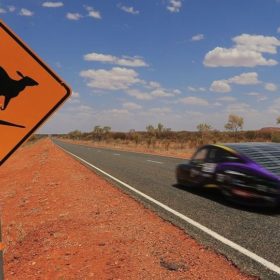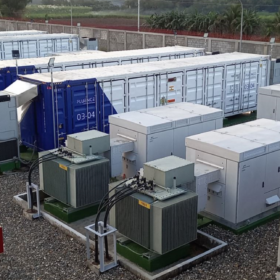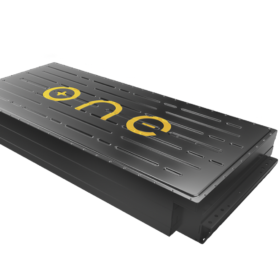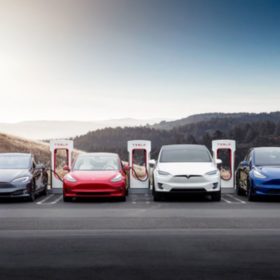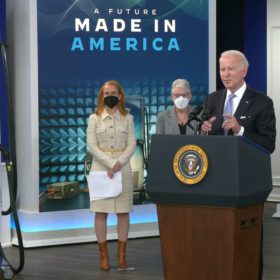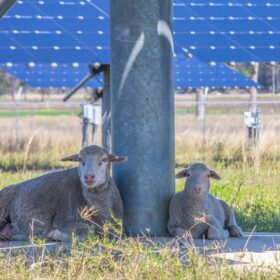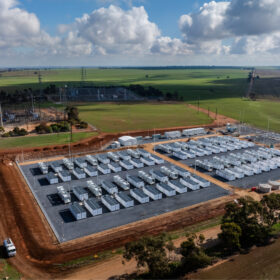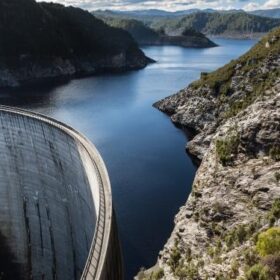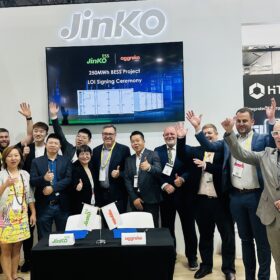UQ researchers promise lifespan boost for lithium-ion batteries
Researchers from The University of Queensland have developed a new nanotechnology that they say more than doubles the lifespan of high-voltage lithium-ion batteries, paving the way for higher density and lower-cost energy storage solutions.
The weekend read: E+V = better vehicles
Electric vehicle batteries are packed with energy, with additional battery density and efficiency working to quell range anxiety for drivers. But with that capability lingers a concern from some that EVs may pose a fire risk and a challenge for first responders in the event of accidents. Western Australia’s Professor Ray Wills from Future Smart Strategies bought his first EV in 2012 and argues that in terms of safety, EVs remain an easily superior vehicle, and even the tiny fire risk that exists is an ever-diminishing issue.
Battery supply could remain tight into next year
Analyst Wood Mackenzie has predicted soaring demand for electric vehicle devices will ensure supply will not keep pace with demand until some point in 2023.
Tesla opens gigafactory in Germany
The first Model Y electric cars have rolled off the assembly line at the US electric car manufacturer’s first European factory.
WA company to partner with Mercedes-Benz, building carmaker’s first foray into battery recycling
German luxury carmaker Mercedes-Benz has made public its plans partner with Primobius, a 50:50 joint venture between West Australian company Neometals and Germany’s SMS Group. Mercedes has said its intention is to build a 2,500 tonne per year lithium-ion battery recycling plant in southern Germany with Primobius as its technology partner.
World Solar Challenge back on track in Australian outback
A new generation of solar-powered cars is set to be tested in the harsh Australian outback next year after organisers of the World Solar Challenge confirmed the international car racing event will make its return in 2023.
Battery prices won’t fall until 2024: IHS Markit
The London-based analyst has published a series of clean tech predictions for the year which also highlighted the rising proportion of sub-5MW solar projects in the global market, and cheaper clean energy financing costs even as panel prices continue to rise.
EV battery manufacturer demonstrates 1200km range, raises $88 million
The US battery manufacturer Our Next Energy (ONE) has said it will use the funding led by BMW to accelerate its R&D and build a US manufacturing facility.
Australia’s Core Lithium signs four-year supply deal with Tesla
With the global demand for lithium accelerating, Australian miner Core Lithium has inked a deal to supply United States-based electric vehicle and battery maker Tesla with up to 110,000 tonnes of lithium spodumene concentrate.
U.S. President provides backing for Brisbane-based EV charging company
Australian electric vehicle charging powerhouse Tritium continues to make inroads in the international market with United States President Joe Biden providing his backing for the company after it announced it will develop a new DC fast-charger manufacturing facility in the southern state of Tennessee.
